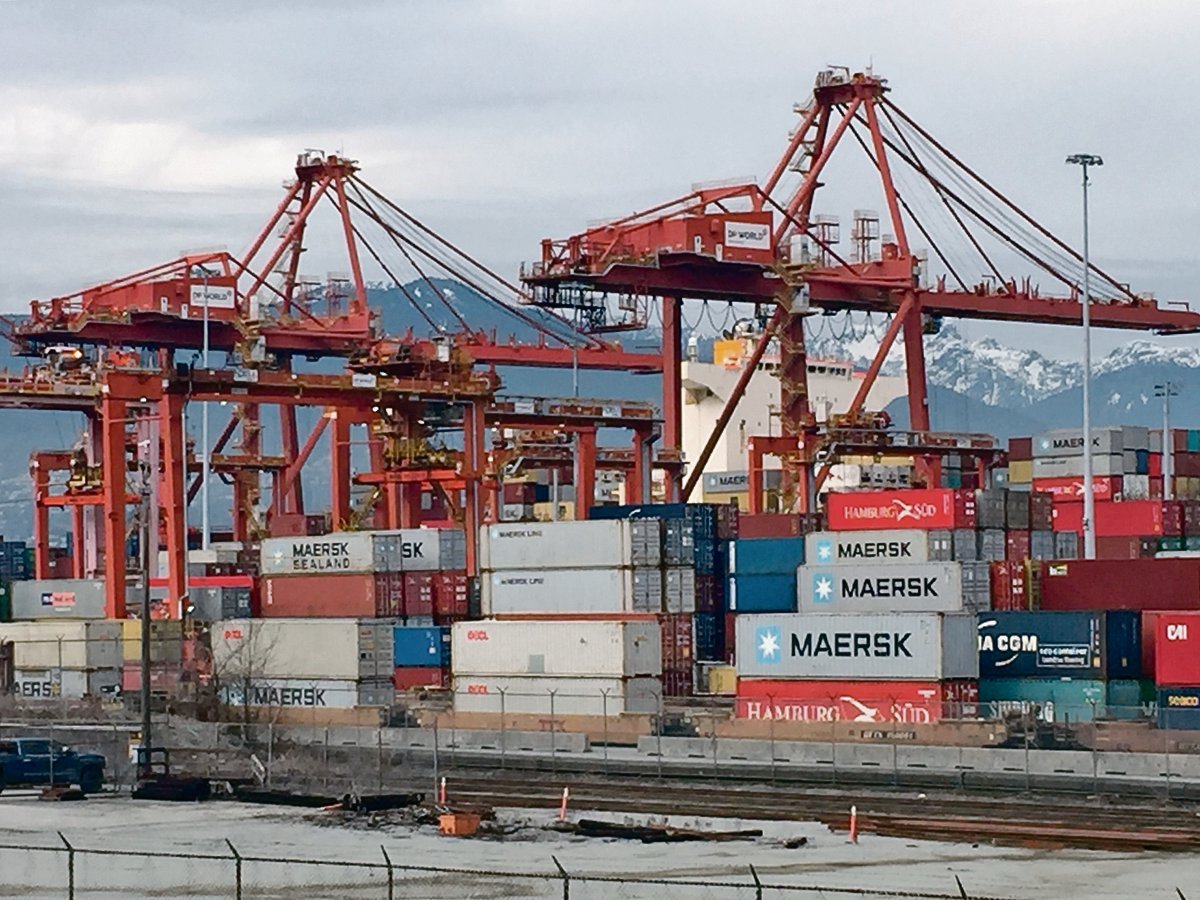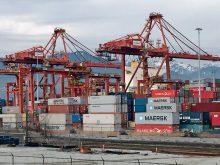Cross border discussion and idea sharing would be an ideal activity in 2006, as both Canada and the United States seriously examine their federal agriculture support programs.
This year is expected to mark a major revision in Canada’s policy because all major contenders in the federal election have stated that the current policy inadequately addresses the challenges facing Canadian producers.
In the U.S., farm groups and politicians will spend the year discussing options for the next five-year farm bill, due for renewal in 2007. Americans also believe it is time for change because the next farm bill will have to conform to new world trade rules and because focus will be on ways to control the ballooning budgetary deficit.
Read Also

Message to provincial agriculture ministers: focus on international trade
International trade stakeholders said securing markets in the face of increasing protectionism should be the key priority for Canada’s agriculture ministers.
This interest in the need for change on both sides of the border raises an opportunity for the two countries to agree on policies that would reduce the number of agricultural trade conflicts that plague their relationship.
A case in point is the duty Canada now applies to imported American corn. The duty is a legitimate complaint against the subsidies that encourage American farmers to produce surplus corn. However, the Canadian duty hurts Canadian livestock feeders who say it puts them at a competitive disadvantage by denying them the same low cost feed that U.S. feeders have.
There are many other trade actions, often launched by Americans, that complicate commercial relations between the two countries.
Those launching the actions feel justified because the differing farm policy and support regime on the other side of the border hurts them. But while a duty might generate a narrow gain for a few, generally these trade disputes hurt the wider economy, cost the participants millions of dollars to battle through the courts and trade panels, generate unexpected losses to bystander businesses and skew natural trade patterns. The only people to consistently benefit are trade lawyers.
A solution to this conflict and waste is for Canada and the U.S. to adopt farm policies that are similar.
That is easier said that done. Decades of separate farm policies have created different frames of reference for farmers depending on whether they are north or south of the 49th parallel.
Farming practices vary and the capacities of the federal treasuries are different.
It is natural for those involved in policy development to be more concerned about addressing domestic problems than about how the policy will be viewed in another country or what impact it will have there.
But it is also true that Canadian and American farmers share similar lives and face the same international trends and challenges. Often Canadian and American farm policies, though different in means, have worked toward the same end.
It is unlikely that Canadian farmers will wind up with a 2007 farm bill or that Americans will have to figure out how to apply for the Canadian Agricultural Income Stabilization program.
But if producers, politicians and policy makers pay more attention to policy making on the other side of the border, they will be exposed to different thinking and might be able to solve potential problems before they become irritants.
At the very least, they might understand better why their cross-border neighbours do what they do.














